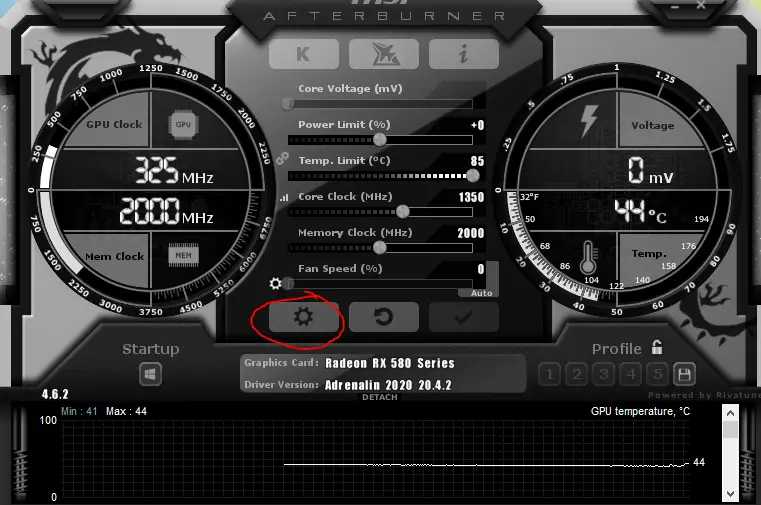

With the new GeForce drivers, users can tap into hundreds of filters and apply them easily using either freestyle or Ansel in-game overlays. ReShade has a modding community that creates post-processing filters for popular video games. These features can improve the visuals and performance of your Turing GPU as well as open up some tools which enable the end-user to customize their games and stream their gameplay.

Nvidia is adding some new software features with its GeForce drivers which coincide with the launch of the GTX 1660 Super: ReShade Filters, Improved Image Sharpening, NULL (Nvidia Ultra-Low Latency), and NVENC (Nvidia Encoder). MSI GTX 1660 Super Gaming Specificationsīelow we can see what GPU-Z says about the GPU with a shot showing the full boost while running 3DMark Time Spy. The $200-$300 price range is becoming much more competitive and crowded since AMD will soon be launching additional cards in this slot as well. As mentioned we should see some reorganization of the price points for Nvidia’s GTX line after launch. Last but not least, pricing on this card will start at $229.99 which is well under the RTX 2060 at $335 and up and about $50 less than the current price of the average GTX 1660 Ti. The Super has a slightly elevated TDP of 125 W compared to 120 W for the GTX 1660 non-super model. The memory speed on the 1660 Super Gaming is 1750 MHz which yields 336 GB/s bandwidth. Compare this to 6 GB of GDDR5 for the non-super. Nvidia has propped up the memory with 6 GB of Micron GDDR6 on a 192-bit bus. As we can see, this sample from MSI has a base clock of 1530 MHz and a boost of 1785 MHz with an observed boost of 1875-1935 MHz depending on the benchmark. The TU116-300 in the 1660 Super sports a total of 1408 CUDA Cores with 48 ROPs and 88 Texture units on the back end which is identical to the regular GTX 1660. This sample from MSI has the “A” designation which Nvidia has binned and will allow for factory overclocks. We can see in the specifications table below that the GTX 1660 Super uses the TU116-300 core. We’ll run through some of the new features Nvidia is introducing through their GeForce Game-ready drivers and see how the “improved” GTX 1660 Super compares to its siblings. Nvidia has sent us MSI’s GTX 1660 Super Gaming for testing today. The GTX 1650 Super, on the other hand, gets a significant boost to the core count from 896 to 1280 CUDA cores and an upgrade to 4 GB of GDDR6 as well. The new GTX 1660 Super features the addition of GDDR6 memory with the same CUDA core count as the original GTX 1660. We’re expecting some price adjustments on those models as well. These new cards also introduce a new price point that is lower than their predecessors. Available today is the Nvidia GeForce GTX 1660 Super and the GTX 1650 Super will be launching on November 22nd. Today Nvidia is unveiling additional “Super” cards extending the Super line into their GTX models.


 0 kommentar(er)
0 kommentar(er)
